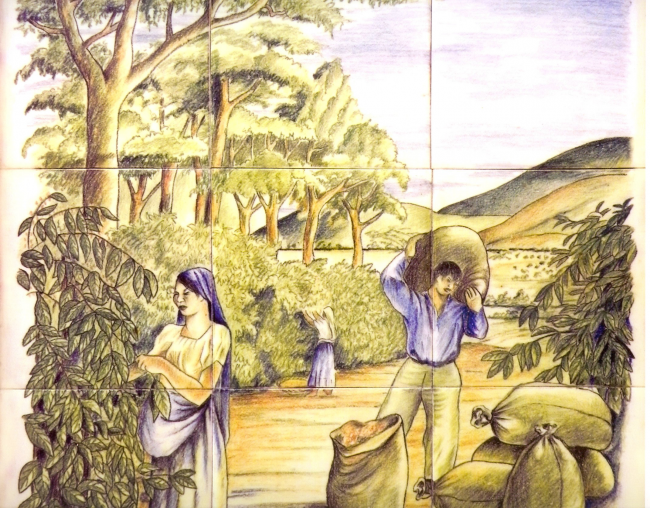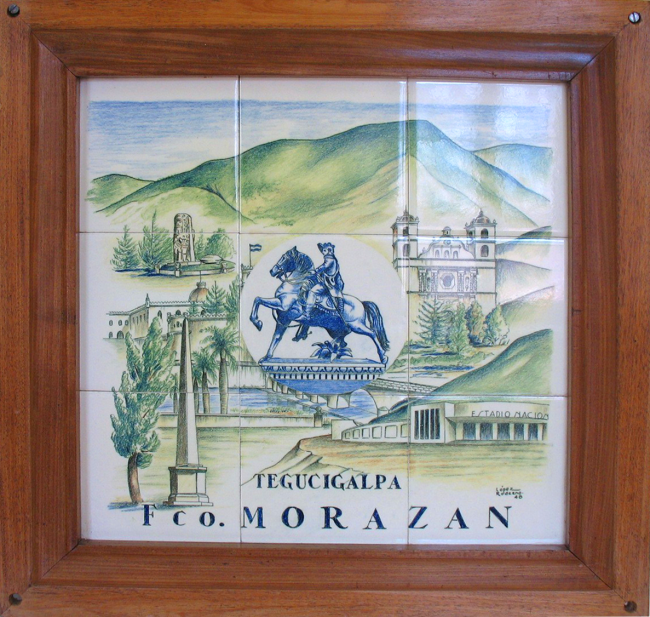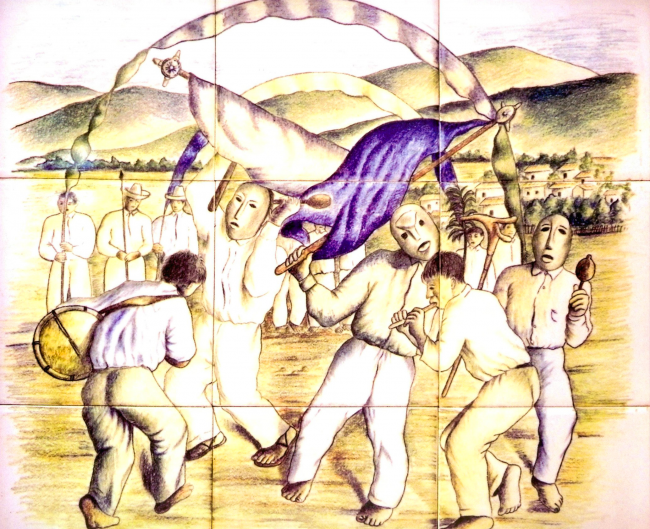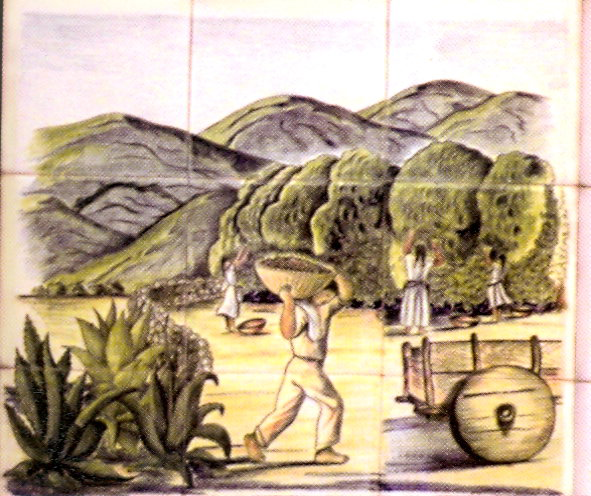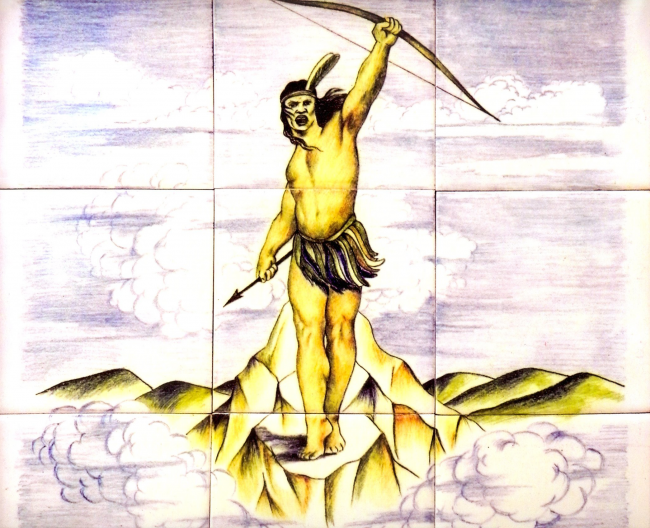The resources and social and economic relations inherited from the colony, sustained by a small mercantile class and landowners with large cattle interests, began during the first decades of the nineteenth century to be replaced by powerful groups associated with export sectors such as farmers, traders and financiers.
During the beginnings of the republican life, it can be assured that in Honduras only a small part of the population was dedicated to trade, to the elaboration of small crafts and to the civil and military bureaucracy, the great majority was dedicated to subsistence agriculture (corn, beans, tobacco, basically).
Labor
In Honduras, already depopulated, the eastern provinces were almost empty and the population was dispersed in the central and western areas in isolated settlements due to the difficulty of the mountainous terrain.
The Land
It is considered important to insist that export agriculture was not the concern of the majority of the population, or of the economic power groups; the main economic activities were agriculture and livestock to meet the needs of a "self-sufficient" economy.
Agriculture and livestock
In the agricultural activity the following crops were cultivated: achiote, sarsaparilla, copal, cane, cocoa, wheat, vegetables, pepper; these activities were developed on land which access was regulated according to three main modalities.
In terms of livestock, Honduran cattle were regularly taken to the fairs in El Salvador, Guatemala and Cuba to satisfy transport needs (oxen and mules), food and leather (to pack indigo and cover wagons, among other things).
Cattle from Honduras, produced mainly in Choluteca, gained in importance throughout the 19th century, so much so that by 1855 it was the third export product (after mining and wood).
Gold and Silver
In Honduras, in particular, mining production was the main export item since colonial times. The minimum investment to start the exploitation of a mechanized mine was estimated at 20,000 pesos, a sum that was not within the reach of the average Honduran traders and the option presented to increase production and export was to resort to foreign investment, as already happened in the process of the Liberal Reform in the eighties.
In most cases, gold continued to be obtained directly from rivers, a task left to women and the elderly. In 1853, for example, gold valued at 129,600 pesos was brought to Juticalpa. The extraction of silver also operated with a minimum of technology, to process the mineral the coarsest mills were used, two stone wheels moved by a team of oxen.
Lumber
The case of the exploitation of the timber is similar to the mining activity, the " cuttings " of timber on the Atlantic coast of Honduras had its boom in the mid-nineteenth century, this by 1885 accounted for just over a fifth of exports. Lumber exploitation was a seasonal activity that took place on the Atlantic coast, far from urban centers, mainly through concessions granted to foreigners.
Other alternative products were: salt, this was extracted from the coasts of the Gulf of Fonseca, followed by exports of leather, live cattle and tobacco, almost of the same importance and followed to some extent by banana production.
These activities were carried out on land, which access was regulated according to three main modalities: 1) Haciendas inherited in a more or less direct manner from grants and compositions; 2) State land given to villages for their crops; and 3) Communal lands given to Indigenous peoples.
Ports, Navigation, and Railroads
The ports in the Caribbean of Honduras fulfilled the following functions in the commercial activity: Omoa, which served Gracias, Santa Barbara, Comayagua, Tegucigalpa and Trujillo, which served Yoro and Olancho. These have changed their character. Instead of being intermediate points in the coastal trade, they became centers of direct export of products from their regions.
The next step according to the logic of the epoch, was to acquire the great symbol of progress in the second half of the nineteenth century, the railroad. The hopes of the interoceanic railroad of Honduras were translated into a more modest reality, a short line between Puerto Cortes and San Pedro Sula. The "great transcontinental railroad" continued to be the government's master plan throughout the 19th century as a means of developing the country's economy.
